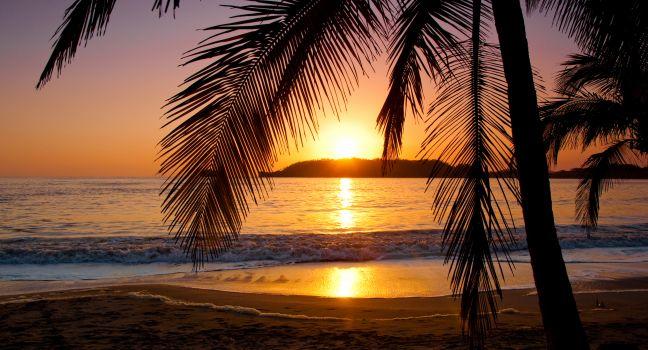Playa Carrillo

Unmarred by a single building at beach level, this picture-perfect pristine white strand is ideal for swimming, snorkeling, strolling, and lounging—just remember not to sit under a loaded coconut palm. Signs posted by the municipality announce that the only entry "fee" is: make no fires, and take your garbage away with you. There are some concrete tables and benches, but they get snapped up quickly. This is a popular beach with locals, and it gets quite busy on weekends. The only commercial activity is a hand-wheeled cart selling fruit ices. Amenities: none. Best for: snorkeling; swimming; walking.
Sometimes crocodiles hang out at the river mouths at both ends of the beach, so keep a lookout and wade or swim only in the middle of the beach.



